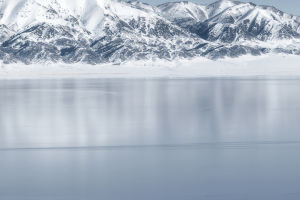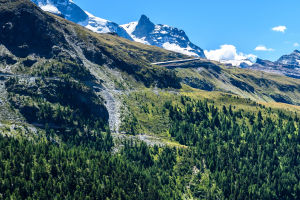Oasis refers to a heterogeneous ecological landscape with obvious microclimate effect, which can be relatively stable and maintained on the background substrate of large-scale desert and based on small-scale but considerable scale biological communities.
A considerable scale of biological community can ensure the stability of oasis in space and time and the systematicness of oasis structure; Its microclimate effect ensures that the oasis can have a suitable climate environment for human and other biological population activities and is conducive to the formation of a biological chain structure for the healthy growth of landscape ecology.
Oasis is the fertile soil in the vast desert, which appears in the place where the fresh water source is constant all year round. Oases vary in size. From about 1 hectare (15 mu) around the small spring to a large area of land with natural water or irrigation, they are like beautiful pearls on the vast sea of the desert, embedded in the desert and glittering with magical colors.
The water source of oasis mostly comes from underground; Springs and wells (some artesian wells) are recharged by sandstone aquifers, and their water receiving areas may be more than 800 kilometers (500 miles) away, such as al-Kharijah oasis and al-Dakhilah oasis in the Libyan desert.
There are abundant water resources under the desert, and underground rivers flow. The water of these underground rivers comes from the high mountains near the oasis. There is thick ice and snow on the high mountains. In summer, the ice and snow melt. The snow water flows through the gap of the valley to the low valley of the desert and hides between the underground sand and clay layers, forming an underground river. These underground waters nourish the plants in the desert and can also be used for drinking by people and animals. They bring vitality to the desert and form oases. In the Sahara Desert, people can even fish from underground rivers in the desert.


